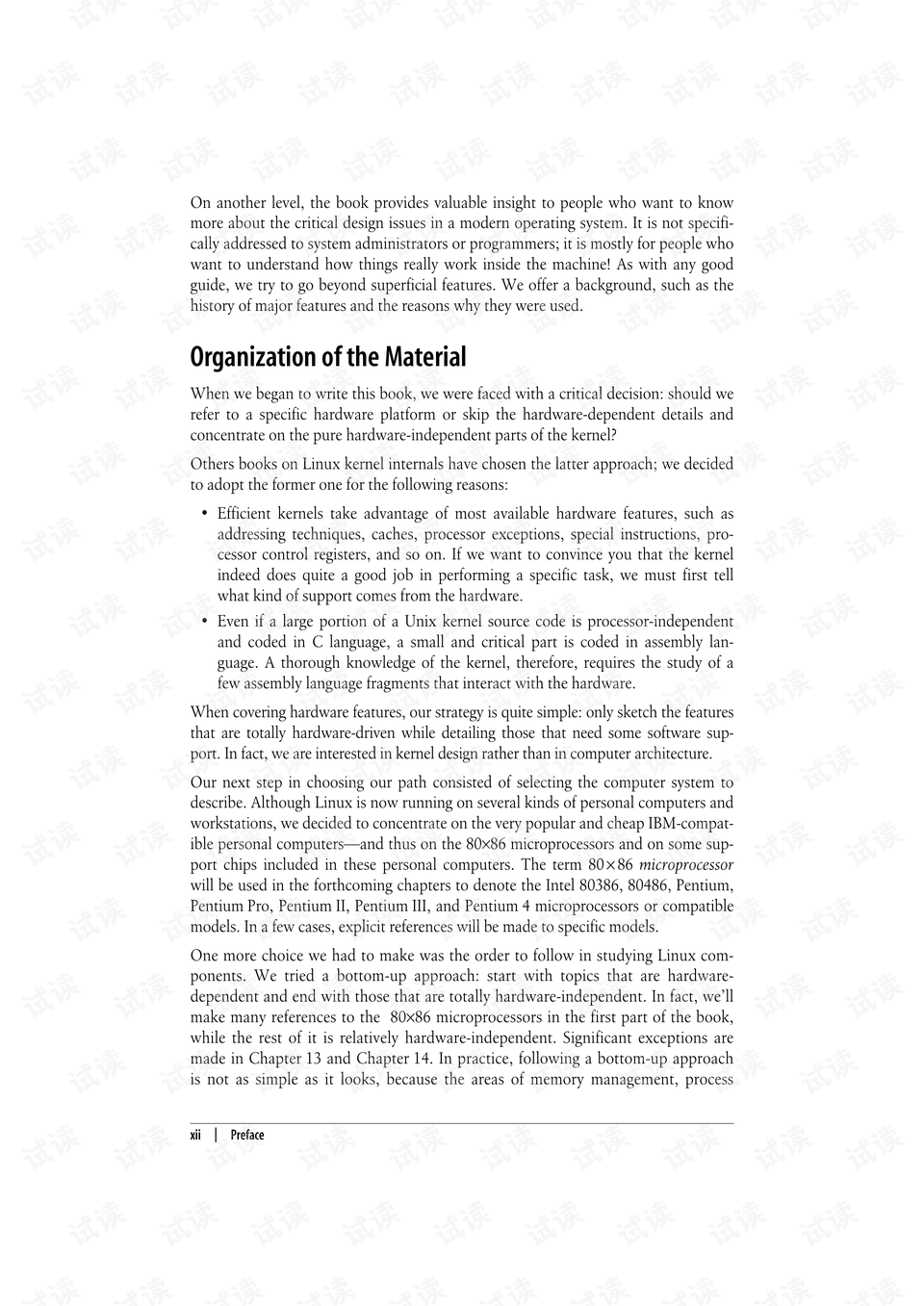Understanding the Interplay between Hardware and Software: A Comprehensive Guide
Understanding the interplay between hardware and software is crucial for any computer system. Hardware refers to the physical components of a computer, such as the CPU, memory, and storage devices. On the other hand, software includes the programs and applications that are designed to run on the hardware. The relationship between hardware and software is complex, with each affecting the other's performance. For example, if the CPU is too slow, it can limit the speed at which software runs. Similarly, if there is not enough memory available, software may crash or run slowly. In addition to affecting performance, hardware and software also have a significant impact on security. For example, malware can infect both hardware and software components of a computer, making it essential to ensure that all components are secure. Understanding this interplay between hardware and software is critical for anyone looking to build, maintain, or troubleshoot computer systems. This comprehensive guide provides an overview of the key principles of this interaction, including how different components work together and how they can be secured to prevent attacks. By following these guidelines, readers can gain a deeper understanding of the complex relationship between hardware and software and improve their ability to design, deploy, and maintain effective computer systems.
Introduction

Hardware and software are two fundamental components of any computer system. The hardware refers to the physical components of a computer, such as the processor, memory, storage devices, and input/output devices. In contrast, software refers to the set of instructions that tell a computer how to perform specific tasks. While both hardware and software are essential for the proper functioning of a computer, they play different roles in delivering a seamless computing experience. This article aims to provide an in-depth understanding of the main meaning of hardware and software and their intricate relationship.
Main Meaning of Hardware
Hardware refers to the physical components of a computer that can be touched, felt, and observed. It is the tangible aspect of a computer that enables users to interact with it. Some of the most common hardware components include:
1、Processor (or Central Processing Unit, CPU): The brain of a computer that executes instructions and processes data. It determines the speed and performance of a computer.
2、Motherboard: The central nervous system of a computer that connects all the other components. It provides a platform for communication between the CPU, memory, storage devices, and input/output devices.
3、RAM (Random Access Memory): The short-term memory used by the operating system and applications to temporarily store data and instructions.
4、Storage devices: Hard disk drives (HDDs) and solid-state drives (SSDs) are primary storage devices that store data permanently. USB drives, SD cards, and other removable storage devices are secondary storage devices used to store data temporarily.
5、Input/output devices: Keyboards, mice, monitors, printers, and audio speakers are input devices that enable users to interact with the computer. DisplayPort, HDMI, and USB are output devices that transmit data from the computer to external displays and other peripherals.
Main Meaning of Software
Software refers to the set of instructions or programs that tell a computer how to perform specific tasks. It is the intangible aspect of a computer that cannot be seen or touched but is essential for its functioning. Some of the most common types of software include:
1、Operating system (OS): The backbone of a computer that manages system resources, allocates memory, and provides basic services such as file management, security, and networking. Common examples include Windows, macOS, and Linux.
2、Application software: The programs and tools designed for specific use cases such as word processing, web browsing, video editing, gaming, and design. Examples include Microsoft Office, Adobe Creative Suite, Photoshop, and Minecraft.

3、Utility software: Programs that help users perform daily tasks such as email clients, calendar apps, file managers, and drivers for peripherals. Examples include Thunderbird, Google Chrome, Dropbox, andNVIDIA GeForce Experience.
Interplay Between Hardware and Software
The hardware and software are inseparable entities that work together in harmony to deliver a seamless computing experience. The following sections highlight some of the key ways in which hardware and software interact:
1、Data Processing: The hardware processes data received from the input devices and stored in RAM while software instructs the CPU on what actions to take based on specific commands or algorithms.
2、Resource Management: The OS manages system resources such as memory, processors, network connections, and input/output devices to ensure efficient use by multiple applications and processes.
3、Communication: The hardware facilitates communication between the various components through specialized ports such as USB, Ethernet, and Wi-Fi networks while software uses APIs (Application Programming Interfaces) to integrate with third-party applications and services.
4、Security: Hardware components such as firewalls, antivirus software, and biometric authentication mechanisms protect against unauthorized access while software implements encryption algorithms and secure socket layers (SSL) to safeguard sensitive data transmissions over networks.
5、Performance Optimization: Software developers often optimize their applications to take advantage of specific hardware capabilities such as multi-core processors, high-speed RAM, and graphics cards to improve performance and responsiveness.
Conclusion
In conclusion, hardware andsoftware are two critical components that work together to enable computers to perform complex tasks efficiently. While hardware provides the physical means of interaction with a computer, software defines how these interactions should occur. Understanding the main meanings of hardware and software and their intricate relationship is crucial for anyone looking to build, repair, or troubleshoot computer systems effectively. By mastering the interplay between hardware and software, users can maximize their computing experience while ensuring optimal performance and security.
Articles related to the knowledge points of this article:
Title: Understanding Hardware Encryption: Its Importance and Implementation in Everyday Devices
skalarki hardware: A Comprehensive Review of Its Products and Services
Kuipers Hardware: A Premium Quality Provider of Hardware Solutions
Vernonia Hardware: A Legacy of Quality and Innovation
Title: Transforming Your Space with a Wood Closet Hardware Kit



